Foster Kennedy Syndrome Usmle
Foster kennedy syndrome usmle. Explore symptoms inheritance genetics of this condition. The one and a half syndrome is a rare weakness in eye movement affecting both eyes in which one cannot move laterally at all and the other can move only in outward direction. The disease is characterized by symptoms such as muscle weakness and cramps in the arms legs and facial area enlarged breasts and difficulty with speaking and swallowing dysphagia.
Hiccups occur less frequently but can cause high levels of discomfort to the patient. Tumor on Frontal lobe. Kallmann syndrome is a condition characterized by delayed or absent puberty and an impaired sense of smellThis disorder is a form of hypogonadotropic hypogonadism which is a condition resulting from a lack of production of certain hormones that direct sexual development.
Foster Friess was a generous supporter of so many causes including my beloved Log Cabin GOP. Foster Kennedys syndrome is a constellation of symptoms and signs associated with tumors of the frontal lobe of the brain. 30 rows Kennedy disease is a gradually progressive neuromuscular disorder.
Foster Kennedy syndrome is a constellation of findings associated with tumors of the frontal lobe. Nystagmus is also present when the eye on the opposite side of the lesion is abducted. Foster-Kennedy Syndrome Add Neural-Optical Lesion Add Optic Disc Disorders Add Optic Disk Disorders Add Optic Nerve Diseases Add Optic Neuropathy Add Second Cranial Nerve Diseases Add Pharm Action Registry Number CAS Type 1 Name NLM Classification WW 280 Previous Indexing Optic Nerve 1966-1975.
1 Although Foster Kennedy syndrome is sometimes called Kennedy syndrome 2 it should not be confused with Kennedy disease or spinal and bulbar muscular. Kennedy disease is typically an adult-onset disease where symptoms occur mainly between the ages of 20 and 50. Medindia has a complete list of medical syndromes.
A variant of multiple sclerosis. Foster Kennedy syndrome and an optociliary vein in a patient with a falx meningioma. ObjectiveTo report a case of Pseudo-Foster Kennedy PFK syndrome and describe its clinical and paraclinical particularities as well as the diagnostic difficulties and established treatment.
MethodsThe case of a 60-year-old male patient with sudden painless visual impairment in the left eye LE and a medical history of old optic nerve atrophy in his right eye RE. Syndromes are the group of symptoms that collectively indicate or characterize a disease.
Diffusion Tensor Imaging in Traumatic Optic Tract.
The disease is characterized by symptoms such as muscle weakness and cramps in the arms legs and facial area enlarged breasts and difficulty with speaking and swallowing dysphagia. I was honored by his generosity to me and us - and grateful for his American spirit. He was a British neurologist who spent the majority of his working life in America 1884-1952. More formally it is characterized by a conjugate horizontal gaze palsy in one direction and an internuclear ophthalmoplegia in the other. Foster Kennedy syndrome was first described in 1911 by the neurologist Robert Foster Kennedy who characterized the disorder as compression of one optic nerve by a subfrontal meningioma resulting in optic nerve head pallor with increased intracranial pressure. 30 rows Kennedy disease is a gradually progressive neuromuscular disorder. Nystagmus is also present when the eye on the opposite side of the lesion is abducted. MethodsThe case of a 60-year-old male patient with sudden painless visual impairment in the left eye LE and a medical history of old optic nerve atrophy in his right eye RE. Kallmann syndrome is a condition characterized by delayed or absent puberty and an impaired sense of smellThis disorder is a form of hypogonadotropic hypogonadism which is a condition resulting from a lack of production of certain hormones that direct sexual development.
Foster Kennedy syndrome is a constellation of findings associated with tumors of the frontal lobe. Unconscious proprioception of lower extremities Dorsal Spinocerebellar. Foster-Kennedy Syndrome Add Neural-Optical Lesion Add Optic Disc Disorders Add Optic Disk Disorders Add Optic Nerve Diseases Add Optic Neuropathy Add Second Cranial Nerve Diseases Add Pharm Action Registry Number CAS Type 1 Name NLM Classification WW 280 Previous Indexing Optic Nerve 1966-1975. Foster Kennedy syndrome was first described in 1911 by the neurologist Robert Foster Kennedy who characterized the disorder as compression of one optic nerve by a subfrontal meningioma resulting in optic nerve head pallor with increased intracranial pressure. ObjectiveTo report a case of Pseudo-Foster Kennedy PFK syndrome and describe its clinical and paraclinical particularities as well as the diagnostic difficulties and established treatment. Foster Friess was a generous supporter of so many causes including my beloved Log Cabin GOP. 1 Although Foster Kennedy syndrome is sometimes called Kennedy syndrome 2 it should not be confused with Kennedy disease or spinal and bulbar muscular.


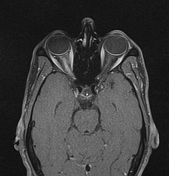

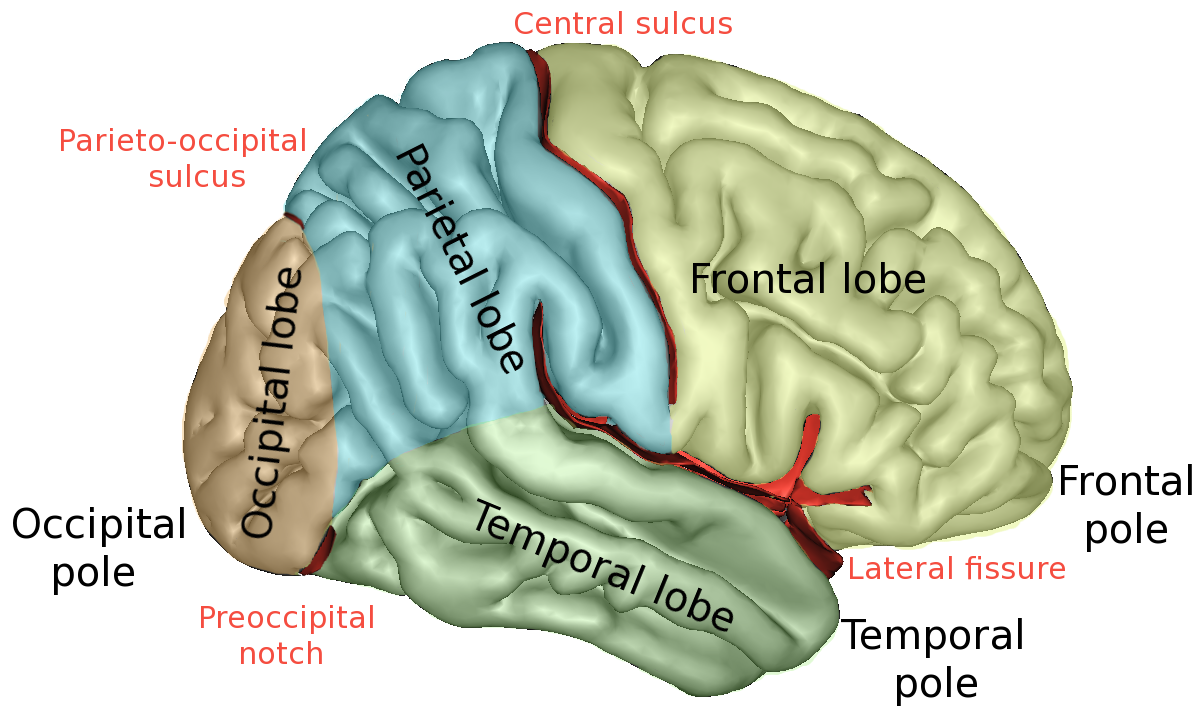


















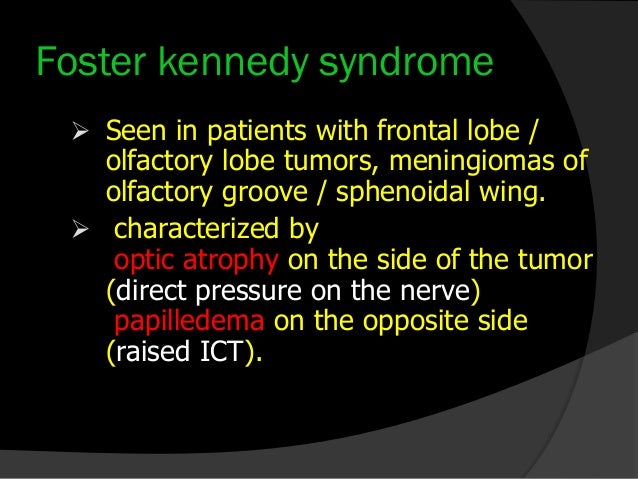





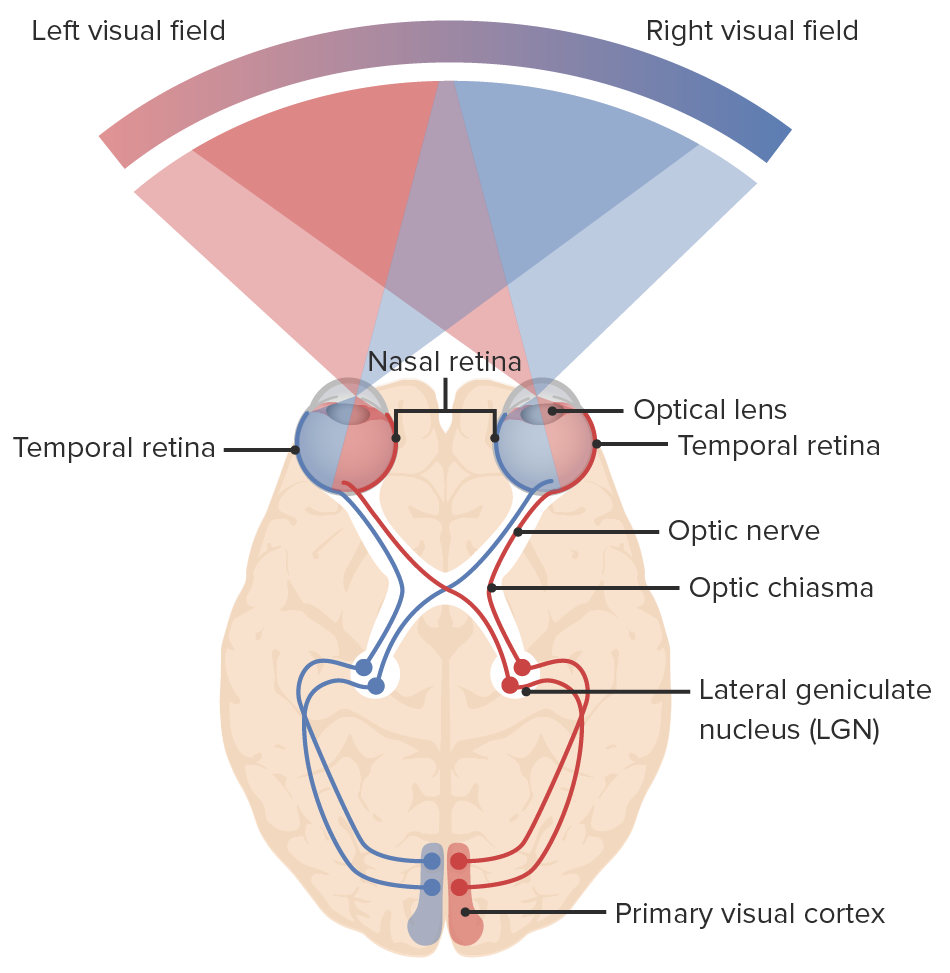



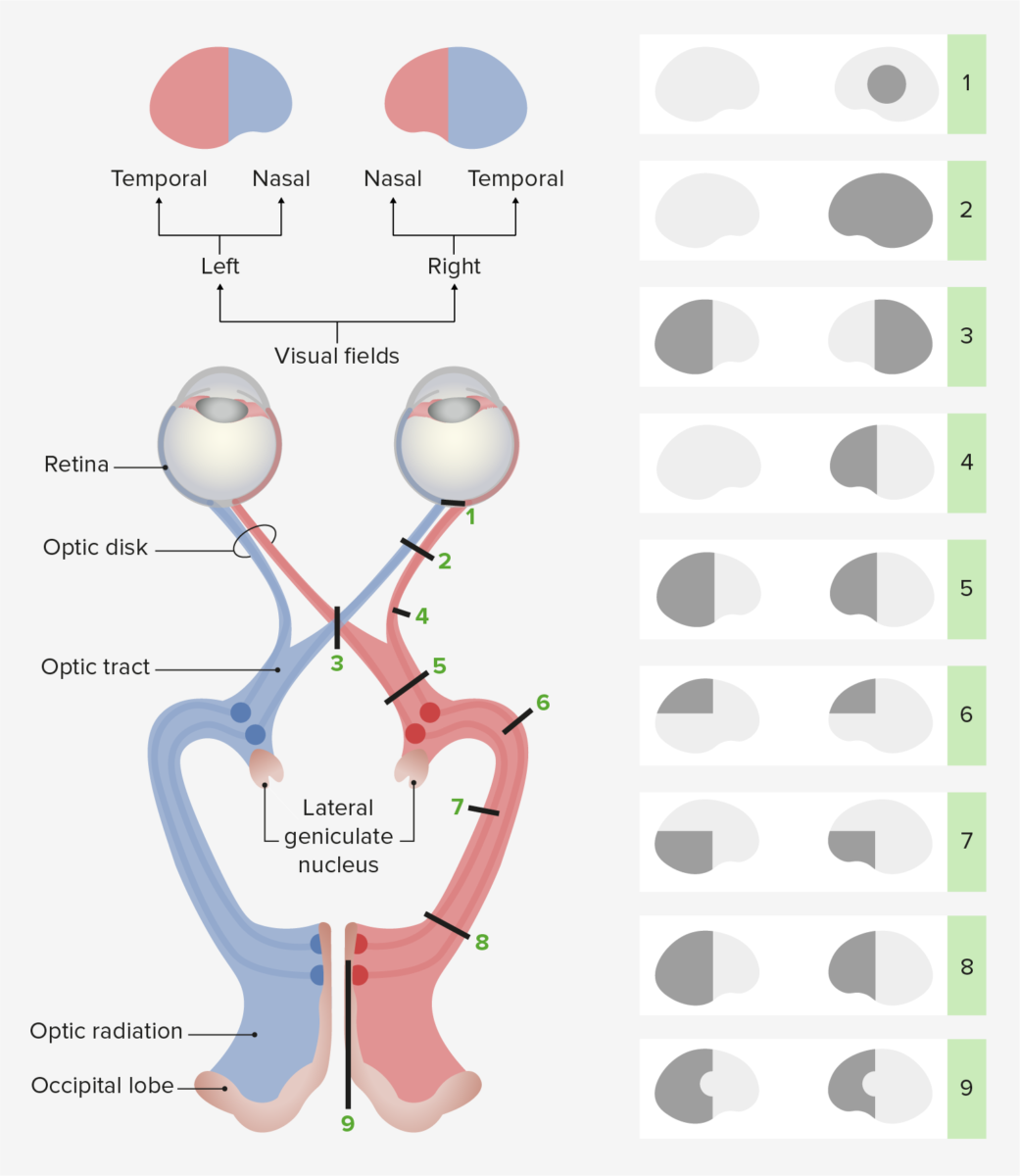


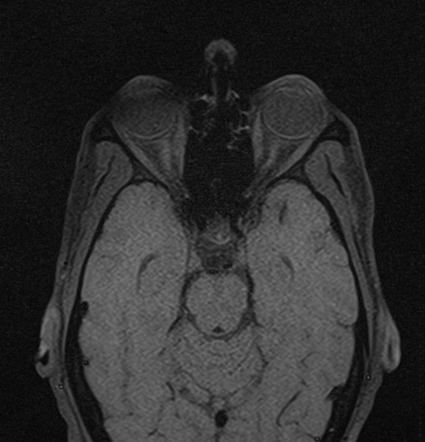





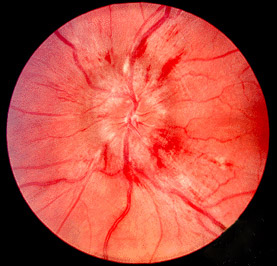




Post a Comment for "Foster Kennedy Syndrome Usmle"